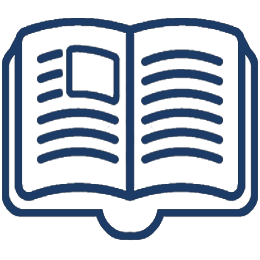Chapter 1: 5280 View - Units!

Chapter 1: Part 1- What does it mean to be a teacher...continued.
![]()
- In the "readings" section, add any interesting readings you have found or learned from your licensure program.
- In the "reflections" section add your reflection about what it means to create meaningful units.
- Review these two examples from a previous semester
Student 1
Student 2 - The Unit Plan Template
- Planning units with Backwards Design
- Big Ideas - CAST website (universal design for learning)

-------------------------------------------------------------------------------------------------

Chapter 1: Part 2 - Connections across unit plans big ideas/essential questions/objectives/goals/standards/language and cognitive demands.
As we think about backward design, we will share our thoughts on how our unit plans draw connections to our students.

- Take a look at the following blog post from last week on student demands. Consider the Cognitive Demands as well as the Language Demands.
- The Unit Plan Template
- Context for Learning
![]()
For this reflection, write about what you privilege. In 200-300 words write about the important connections you've made when thinking about unit planning. Consider your Context for Learning document, all aspects of the Unit Plan Template, and reflect upon one particular part.
- Choose one of the goals that you have chosen for your unit plan. Explicitly talk about.
- How could it connect to your students specifically (reference your Context for Learning if helpful).
- How would you assess it?
- How does the goal connect to language demands? cognitive demand? standards? (one each). - What is the most important thing you've needed to consider about unit planning?
- How does it connect to lesson planning?
- Give specific examples ... remember to link to your name below.